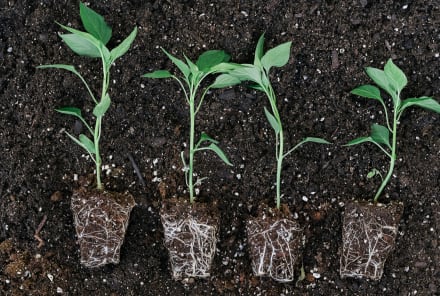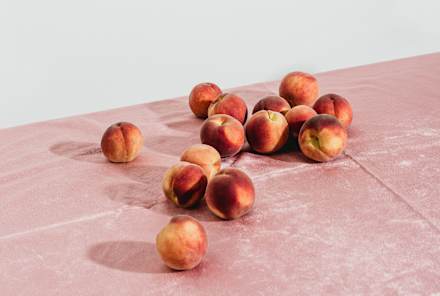Advertisement
Healthy Planet, Healthy You: January 2023 Climate News To Know


We talk a lot about the microplastics in the ocean—but what about the ones in the air?
According to a new study out of Auckland, New Zealand, airborne microplastics are more prevalent than we previously thought (or would care to believe). By using an extra-perceptive sensor that could pick up tiny plastic particles as small as 0.01 of a millimeter, researchers found that 74 metric tons of microplastics are dropping out of the atmosphere onto the city annually—roughly the same as 3 million plastic bottles. "The smaller the size ranges we looked at, the more microplastics we saw. This is notable because the smallest sizes are the most toxicologically relevant," lead study author Joel Rindelaub, Ph.D., said in a news release. Scientists are now investigating the toll that breathing in so many plastic particles daily might play on our health over time. (Read the research here1.)
As the human population grows, nature experiences are harder to come by.
How has human interaction with nature changed over the last few decades? That's the question that fueled an ambitious new research project studying how close people live to nature now, compared to 20 years ago. Researchers defined a natural area as one with a low "human footprint" (buildings, roads, etc.). They found that the average person currently lives 9.7 kilometers (6 miles) away from a natural area, which is 7% farther away than we did in the year 2000. "Indeed, the study reveals that the destruction of natural areas combined with a strong increase in urban population is leading to a growing spatial distance between humans and nature, especially in Asia, Africa and South America," Gladys Barragan-Jason, Ph.D., a co-author of the study, says in a news release. Barragan-Jason's team found that we might be becoming more emotionally distanced too, as there is proportionally less nature imagery in novels, songs, children's albums, and animated movies these days than there was several decades ago. (Read the research here.)
Plankton holds a key to ocean health—and potentially human health too.
Researchers at the University of California, San Diego, are now studying a century-old survey of marine plankton to see how it can serve as a time capsule for ocean health. Since these tiny organisms are very sensitive to changes in their environment, they can show how aquatic conditions have been polluted over time. Scientists now wonder if changes in plankton can also show us how human health has declined alongside marine health and if there are any parallels between plankton decline and the increasing rate of chronic illness in humans. (Read the research here2.)
Climate change will make plants more productive—but that isn't necessarily a good thing.
Since carbon is used in photosynthesis, increasing CO2 levels in the atmosphere can help plants grow faster and be more productive3. Sounds like a good thing for crops and the food system, right? Not exactly, scientists say. Take this new study out of Michigan State University that found that though carbon dioxide increases photosynthesis, it does so at the expense of other essential metabolic processes in plants. "Plants like CO2. If you give them more of it, they'll make more food and they'll grow bigger. But what if you get a bigger plant that has a lower protein content? It'll actually be less nutritious," Berkley Walker, Ph.D., whose research team authored the report, says in a news release. (Read the research here4.)
Monthly focus: Climate conversations.
Reading about climate change can bring up a wide range of heavy emotions. It's a lot to sit with by yourself. Talking about these issues with others is a healthy way to vent your concerns, support each other, and maybe even come up with some solutions together. Looking to build out your climate community in the new year? Why not start an eco book club?
I can say from personal experience (hey, club!) that sharing climate fears and anxieties with other people is extremely cathartic. Book clubs can also be wonderful spaces to share knowledge and resources and discuss how to take inspired action. It doesn't need to be a huge undertaking: Just gathering a few friends to discuss a great climate-focused book every few months can lead to insights. When you're ready to get started, these titles are ready for you.











